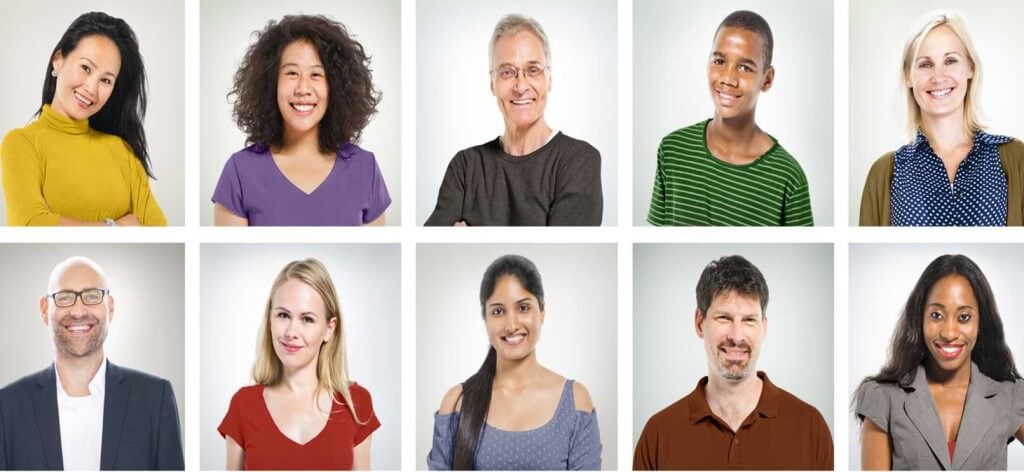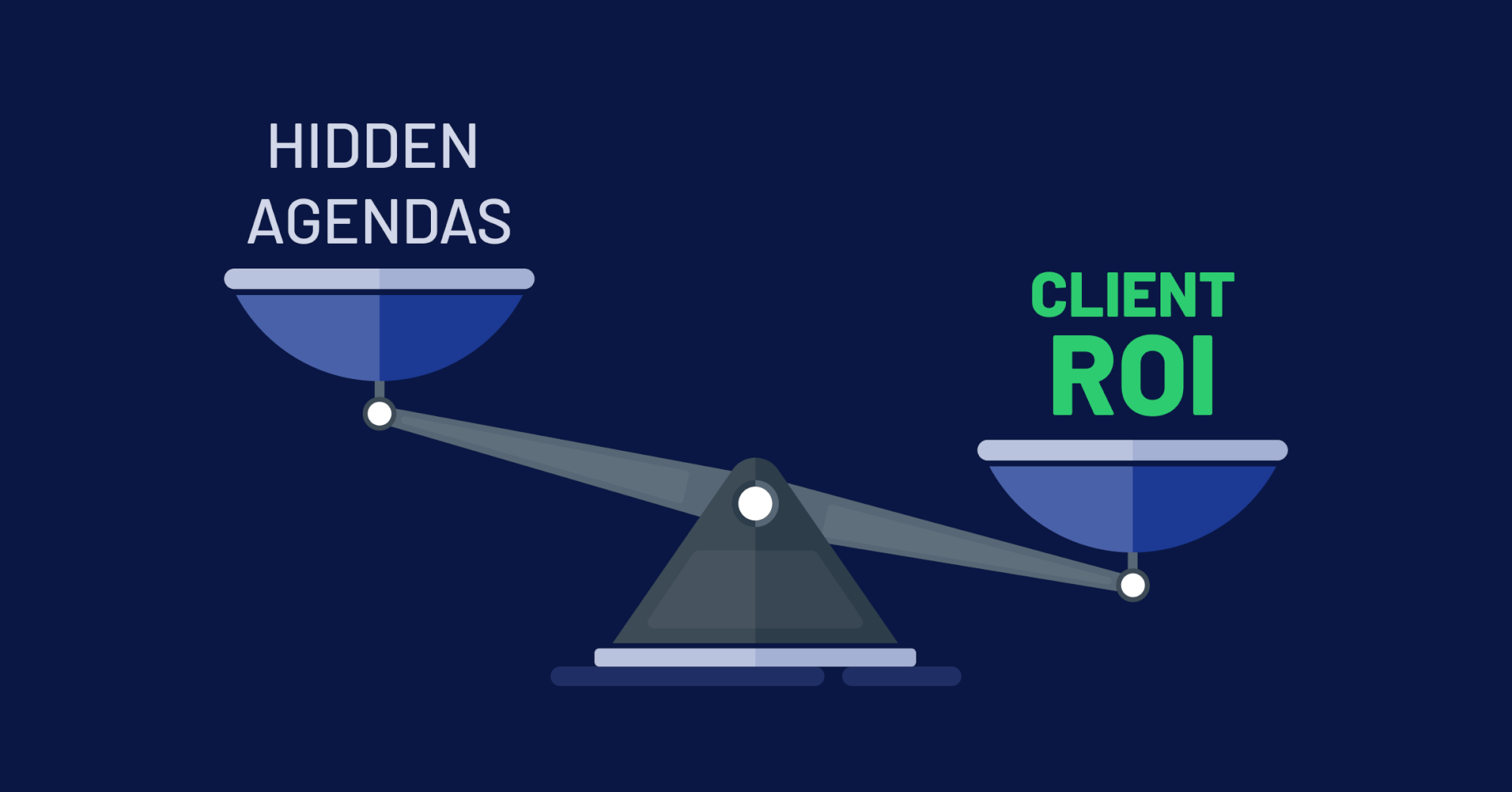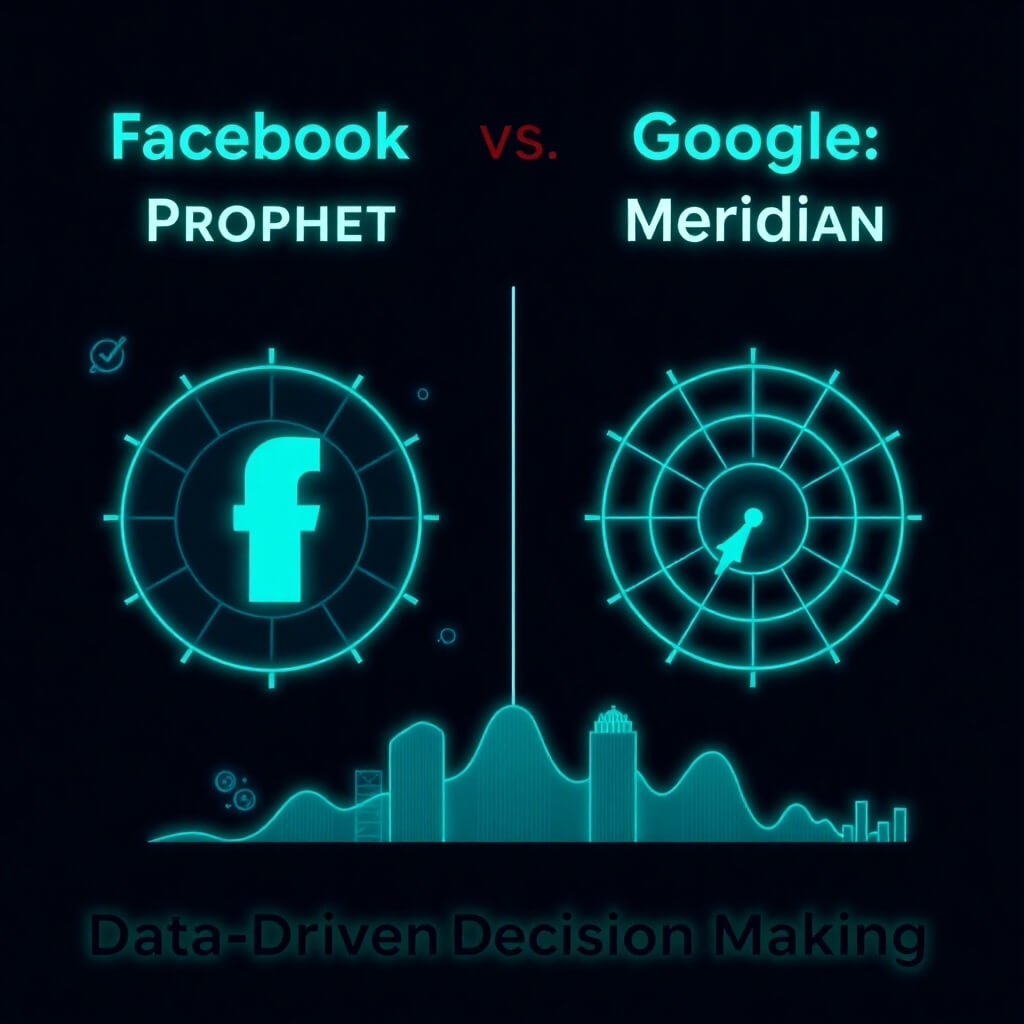Whenever we engage with a new client, one of the very first pieces of information we are presented with are their target audience personas. Typically, they constitute the varying characteristics of who it is we are looking to target via attributes such as interests, challenges, lifestyle attributes, wants, desires and more. We then use these personas to hone both the strategies we develop and the tactics we’ll the deploy on their behalf. The truth of the matter is that both clients and agencies tend to put a lot of stock into these personas, as they have typically been vetted via a thorough research process and are believed to help us all truly get inside the mind of our desired target.
However, while these “Target Personas” are a great aid when it comes to campaign planning and strategy, they often do not address what I feel is one of the most important aspects of the marketing supply chain…the “Conversion-Based Persona”
What is a Conversion-Based Persona?
Simply stated it’s the mindset of your target user once they have converted and entered your funnel. Are they looking to buy? Are they looking to get educated? Are they just looking for top-level information? In short, the post-conversion mindset of a user once they have decided to engage can have a huge impact not only campaign ROI, but also on your post conversion nurture and sales tactics as well.
Unfortunately, while almost all marketers spend a lot of time focusing on their “Target Personas”, few give much thought to their “Conversion-Based Personas”. As a result, this can often lead to problems around lead quality or misaligned expectations around campaign results and what expected to be achieved. The reason being is that most marketers assume that if you understand your target persona’s you will connect with the right people, and those people will immediately turn it marketing qualified or sales qualified leads and opportunities.
While this certainly does happen, one reason campaigns often come of short, or the quality of the lead does not meet expectations, is because no one is thinking about how the tactics being applied can influence the mindset of the user once they have converted and entered your funnel.
How Can You Develop Conversion-Based Personas?
It all starts with the offer.
Yes, the bait you use to hook and ultimately convert your target, has a huge impact on how the conversion-based mindset of a user will be shaped and defined. Therefore, it’s very important to look at the nature of what you are offering and the type of user mindset it will create. Specifically, if your offer is a categorical white paper, while it may generate good volume those people may be very early in their research process and not necessarily ready to speak to a sales person. Conversely, if your offer is “Get A Quote” or “Get Plans and Pricing”, while your volume may be smaller, you’re likely connecting with someone who has done their research, is further down the funnel and wants to speak with a sales person. As you can see, the offer your put forth has a huge influence on shaping the user mindset and how they will look to engage with your organization post-conversion.
It’s also very important to realize that the conversion-based persona is not just shaped once the action has been completed and the user has entered your funnel. Rather, the conversion-based persona is shaped from the moment the user is impressed and throughout the entire conversion process thereafter. Specifically, the moment the user sees your message and decides to engage with your offer, whether you realize or not, they are not only indicating that they are interested in your organization, but also where they are at in their decision-making process and how they would like to interact with you in the near term.
Therefore, it’s crucial that when planning campaigns, you not only look at offers in the context of what you can “give”. Rather you should also be looking at offers via the post-conversion mindset that you are looking elicit from the user and what you feel that offer will generate.
With the above being said, I’d like to put forth three conversion based persona’s that I feel capture three crucial mindsets that can also be applied to virtually any organization.
Conversion-Based Persona #1 – “The Researcher”
The Researcher is someone who is looking to better understand a product, category and/or solution. They are not necessarily ready to buy or speak with someone, but are in the process of accumulating knowledge so that they can start to make an informed decisions around whatever it is they have been tasked with doing.
Offers that appeal to a Researcher could be Top-10 Reasons, Categorical White Papers, Infographics and the like. The good news about the Researcher persona is that there are a lot of them out there so there is great opportunity to generate volume. They also tend to be early in their decision making process and make great candidates for nurturing. Conversely, the challenge they present is that because they are often very high-up in the funnel they must be nurtured and often these people are not ready to speak with someone.
Conversion-Based Persona #2 – “The Student”
The Student is looking to get activelyeducated about an product, category and/or solution. They are further down the funnel, in that they have likely done research and are now in the process of trying to educate themselves about a particular product and/or solution in order to assess its effectiveness and if truly meets their particular needs.
Offers that might appeal to a Student are Free Trails, Product Demos or a more technical White Paper, Solution Brief or Case Study. While the pool of potential users here does start to shrink, the good news is that you are connecting with a more informed mindset and with someone who is much further along in their decision making process. For example a user who engages with a Free Trail or Demo is demonstrating that they have “active interest” in the product or solution that it relates to. However, the challenge Students present is that many of them are still mid-funnel opportunities and have not necessarily raised their hand and stated that they are ready to speak with a sales person or buy.
Conversion-Based Persona #3 – “The Customer”
The Customer is looking to talk. They have a higher level of interest that can only be satiated through a conversation with someone about the product, category and/or solution that they are interested in. However, in order to connect with a Customer mindset, it’s critical that you have an offer that appropriately connects with their interest level.
Offers that can be used to appeal to Customer mindset are along the lines of “Get A Quote” or “Get Plans and Pricing”. Why? Because folks who are inquiring about cost have likely done their research, gotten educated and are in the later stages of their decision-making process. Therefore, in this scenario the user is not only requesting information, but more importantly an engagement. Not only do they want to speak with your sales team, they expect to speak with them.
Of course the challenge here is that they pool of prospective users is even smaller at this phase of journey. Therefore, in addition to there being lower volume, you will likely see a higher cost per lead. However, what you lose in quantity, you make up for in quality.
Creating Your Conversion-Based Personas
Now that we have defined the various types of conversion-based personas to consider, the next crucial step is to bucket your offers accordingly. Taking this step will ensure that the expectations you have for your offers and conversion-based mindsets they will produce, will be aligned.
For example, if you have a “10 Tips Whitepaper” offer but expect that each person who downloads it will be ready to speak with a sales person about purchasing your product, you’re likely not going to be happy with the result. The reason being is that your offer is likely going to appeal primarily to a “Researcher” persona, but what you truly want to connect with is a “Customer” persona. Therefore, by taking the time to look at all your potential offers and assign each to a “Researcher”, “Student” or “Customer” conversion-based persona, it will enable you to better visualize the types of leads you will be generating via the associated user mindset that accompanies each.
By taking the aforementioned step, what you will be provided with is a map of your offers and the conversion-based persona they are each associated with. This will then enable you to better understand the types of leads you will likely be generating, post conversion nurture tactics to apply and most importantly get alignment with your sales team around the mindset of leads that will entering the funnel. Ideally you will not only be able manage expectations, but more importantly enable to your team to proactively prepare for how to engage with the leads being generated and have the necessary tools readily in place to escalate them further along in the funnel.
Therefore, when it comes to you creating your own “Conversion-Based Personas” take the following steps:
- Inventory all potential offers
- Define your conversion based personas (ex – Researcher, Student, Customer)
- Assess what you feel is the post conversion mindset that each offer will provide
- Assign each offer to persona
- Select your offer, and thereby your conversion-based persona
Taking these steps will not only help you choose an offer that you feel is appealing and works for your target, but also one that connects with the mindset of the type of lead you want to generate. In the end, this will ensure that not only are generating leads, but more importantly deploying programs aimed at shaping and connecting with type of post-conversion mindset YOU want users/prospects/leads to have upon entering your funnel.






